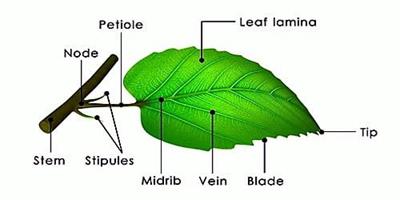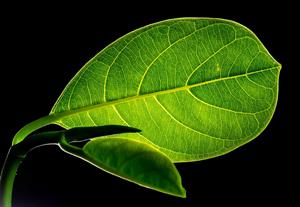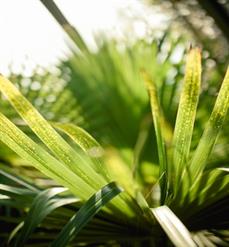
PUMPA - SMART LEARNING
எங்கள் ஆசிரியர்களுடன் 1-ஆன்-1 ஆலோசனை நேரத்தைப் பெறுங்கள். டாப்பர் ஆவதற்கு நாங்கள் பயிற்சி அளிப்போம்
Book Free DemoThe leaf is the most important part which enables the plant to make its own food.
Leaves are of different shapes, sizes, and colour which are attached to the stem by the petiole. Most of the leaves are green in colour because of the green pigment in the leaf called the chlorophyll.
Different Parts of the leaf:
- Lamina (green part of the leaf) is the broad, flat surface of the leaf.
- The distinct middle line in leaf is called the midrib.
- The other lines in the leaf are called the veins. The veins together form a design called the leaf venation.

There are two types of venation, which are:
1. Reticulate venation wherein veins of the leaf are arranged like a network all over the lamina.

2. Parallel venation wherein veins of the leaf are arranged parallel through the lamina.

Leaves have pores on its surface called the stomata, which allows movement of water vapour from the plant. Chlorophyll helps in the preparation of food.
Significant functions of leaf:
- Photosynthesis - prepares food (glucose) for the plant using carbon dioxide (from the air) and water (absorbed through roots and transported through the stem) in the presence of sunlight. Oxygen is given out in the process. The food prepared is stored in different parts of the plant as starch.
- Transpiration - movement of water vapour through stomata.
- Respiration or breathing in plants.
Reference:
https://www.qsstudy.com/biology/different-parts-leaf